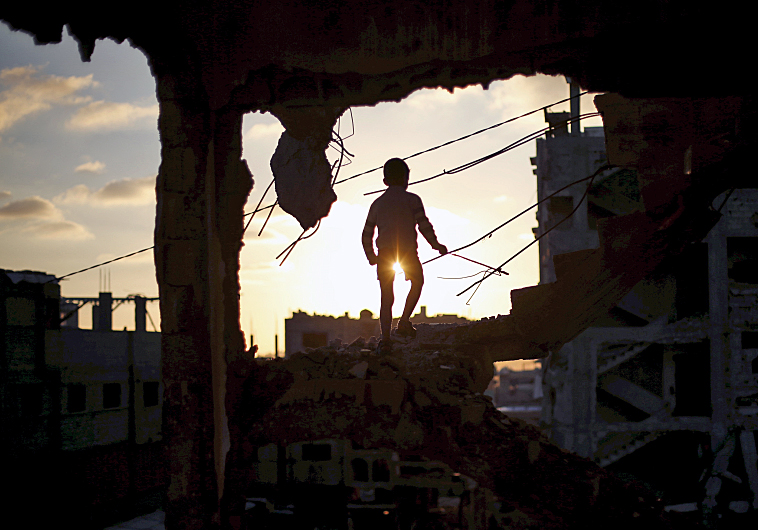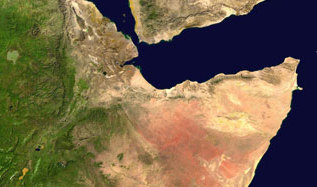PBS: Escaping Eritrea … [Read More...] about ካብ ውሽጢ ቤት ማእሰርታት ኤርትራ
Gaza unemployment world’s highest as 60% of youth find themselves jobless

Blockades and war has strangled the Gaza Strip’s economy and the unemployment rate is now the highest in the world, according to a report published Friday by the World Bank. The report is to be presented to the Ad Hoc Liaison Committee (AHLC), a forum of donors to the Palestinian Authority, at the bi-annual meeting in Brussels on May 27. The report estimates that the Gaza Strip’s GDP would have been about four times higher than it currently is if it weren’t for the conflicts and the multiple restrictions.
It also states that the 2007 blockade has shaved around 50 percent off Gaza’s GDP, causing welfare losses of up to 28%. Unemployment in the Gaza Strip is the highest in the world at 43%, when compared to other countries, according to the report. “Even more alarming is the situation of youth unemployment, which soared to more than 60% by the end of 2014, the highest in the region,” it added. “Gaza’s unemployment and poverty figures are very troubling and the economic outlook is worrying. The current market in Gaza is not able to offer jobs leaving a large population in despair, particularly the youth,” said Steen Lau Jorgensen, World Bank country director for the West Bank and the Gaza Strip.
“The ongoing blockade and the 2014 war have taken a toll on Gaza’s economy and people’s livelihoods. Gaza’s exports virtually disappeared and the manufacturing sector has shrunk by as much as 60%. The economy cannot survive without being connected to the outside world.” The report noted that the Gaza Strip’s real GDP is only a couple of percentage points higher now than it was in 1994, while the population growth is estimated to have increased by about 230% over the same period.
Last year’s Operation Protective Edge reduced the Gaza Strip’s GDP by about $530 million, the report said. According to the report, construction, agriculture, manufacturing, and electricity sectors were hit the most, with output reductions of 83% in the construction sector in the second half of 2014 and roughly 50% in the other sectors.
“Gaza became a major source of deficit and fiscal burden on the Palestinian Authority’s finances amplified by the internal divide. While about 43% of PA’s expenditures are spent in Gaza, only 13% of its revenues come from Gaza,” the report stated. It warned that the population suffers from poor access and quality of basic public services such as electricity, water, and sewerage. The lack of electricity, the report pointed out, is a serious problem because of lack of alternative fuels caused by the blockade.
The report also noted that nearly 80% of Gaza’s population receives some kind of social assistance, and nearly 40% still fall below the poverty line. “Even more shocking is the reality that most of Gaza’s 1.8 million residents are confined to an area of 160 square kilometers and are not able to travel beyond this area without permits. As many as one-third of Gaza’s children showed signs of post-traumatic stress disorder even before the 2014 armed conflict; now even more,” Jorgensen said.
The report cautioned that the status quo in the Gaza Strip is unsustainable. “Recovery is conditional upon easing of the Israeli blockade, in particular to allow reconstruction materials in and exports out, as well as donor financing for reconstruction,” it added.
“The World Bank has been monitoring the disbursement rate of donor pledges and currently it is only at 27.5%. Effective governance systems and institutional strengthening under the PA’s leadership are also a necessary precondition for sustained economic recovery of Gaza.”
